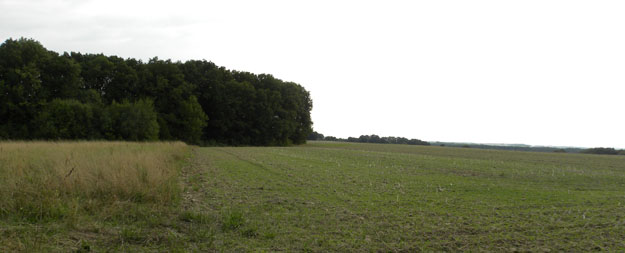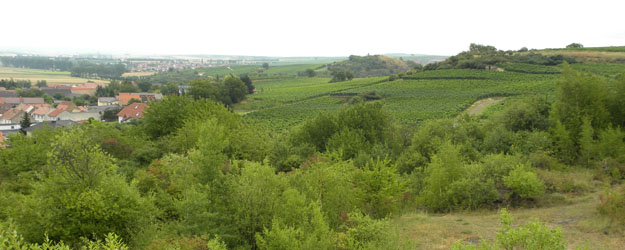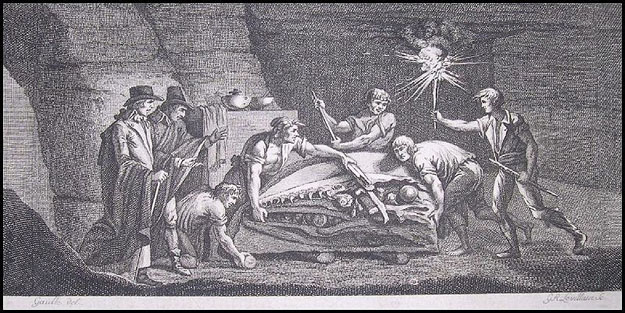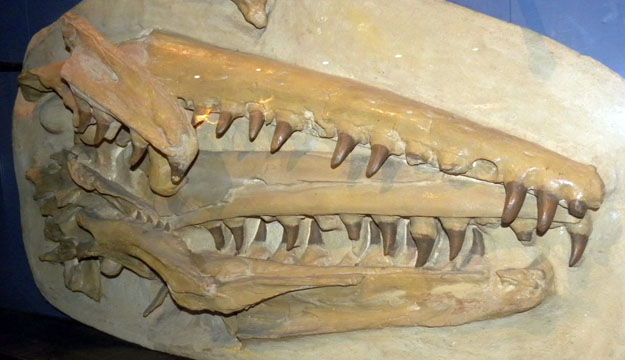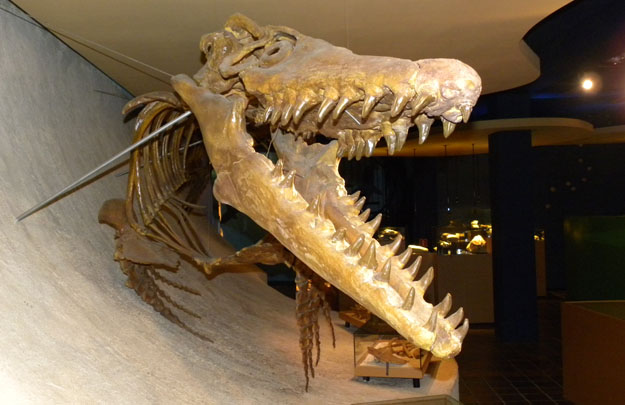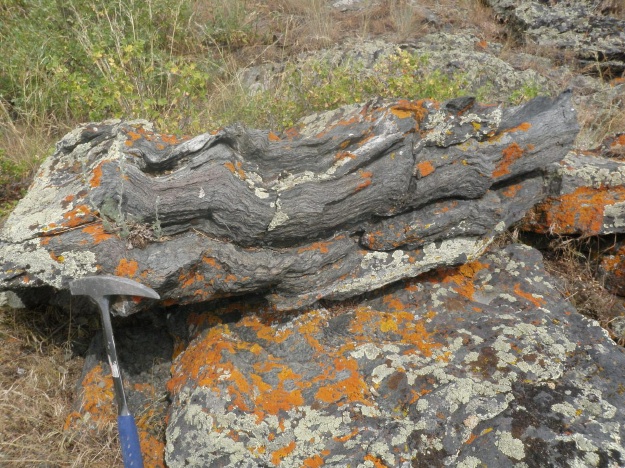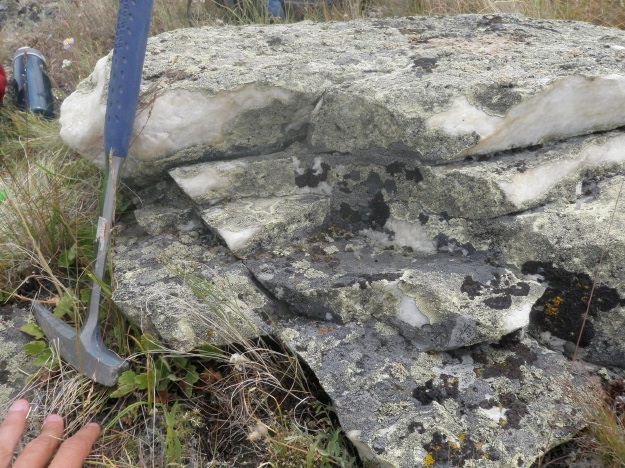
MAASTRICHT, THE NETHERLANDS–The Cretaceous-Tertiary boundary (K/T, or as I should be writing, the “Cretaceous-Paleogene” boundary, or K/Pg) has been one of the Wooster Geology themes this summer. We saw it in Alabama and Mississippi in May, and in Israel in June. The view of it here in The Netherlands, though, is far different. We explored it from below in the Maastrichtian tunnels at Geulhemmmerberg (N50.86692°, E5.78357°). This three-dimensional view, combined with the fact that this boundary section may be the most complete ever found, made today very special. We had a secular geological pilgrimage to the mysterious global events at the end of the Cretaceous.
After walking a long distance through the maze of tunnels guided by John Jagt of the Maastricht Natural History Museum and Rudi Dortangs, a very keen and accomplished amateur paleontologist (with a new mosasaur to his credit), we came upon excavations at the roof line which uncovered a thick sequence of clays and carbonate sand mixed together. The K/Pg boundary is a highly-irregular hardground surface with many Thalassinoides burrows penetrating up to two meters below. Carbonate sands are directly above the boundary, with the clay layers of varying vertical distances but rarely sitting on the hardground. There are at least seven clays, with the largest (Layer D) several centimeters thick. Since this boundary is near the roof of the tunnels, the bottom layers were often the ceiling above us so that we could see the very latest Cretaceous and earliest Paleogene exposed as a kind of upside-down bedding plane.

Two big surprises for: I knew there were multiple clay layers in some places, but to finally see them made them real for me. The traditional view since 1980 has been one clay layer representing the dust and debris from the meteorite impact settling back to Earth. Multiple clay layers makes this story much more complex, especially since some of the layers combine and split laterally. Maybe they were reworked during the storms of that “Global Winter”?
The second surprise was to learn that there were ammonites which definitely survived the extinction and lived briefly in the Paleogene. When these fossils were first found it was assumed they had been reworked from the Upper Cretaceous, but new studies show that they contain sediments which are indisputably Paleogene. Whether this is enough for us to change the textbooks is an interesting question: there are so few of the fossils, and in even fewer places. Nevertheless, some ammonites extend into the Paleogene.

Andrej Ernst and John Jagt at the boundary section in the Maastrichtian tunnels at Geulhemmmerberg.
This is a day I will always remember. For a historical geologist like me, it doesn’t get better!





